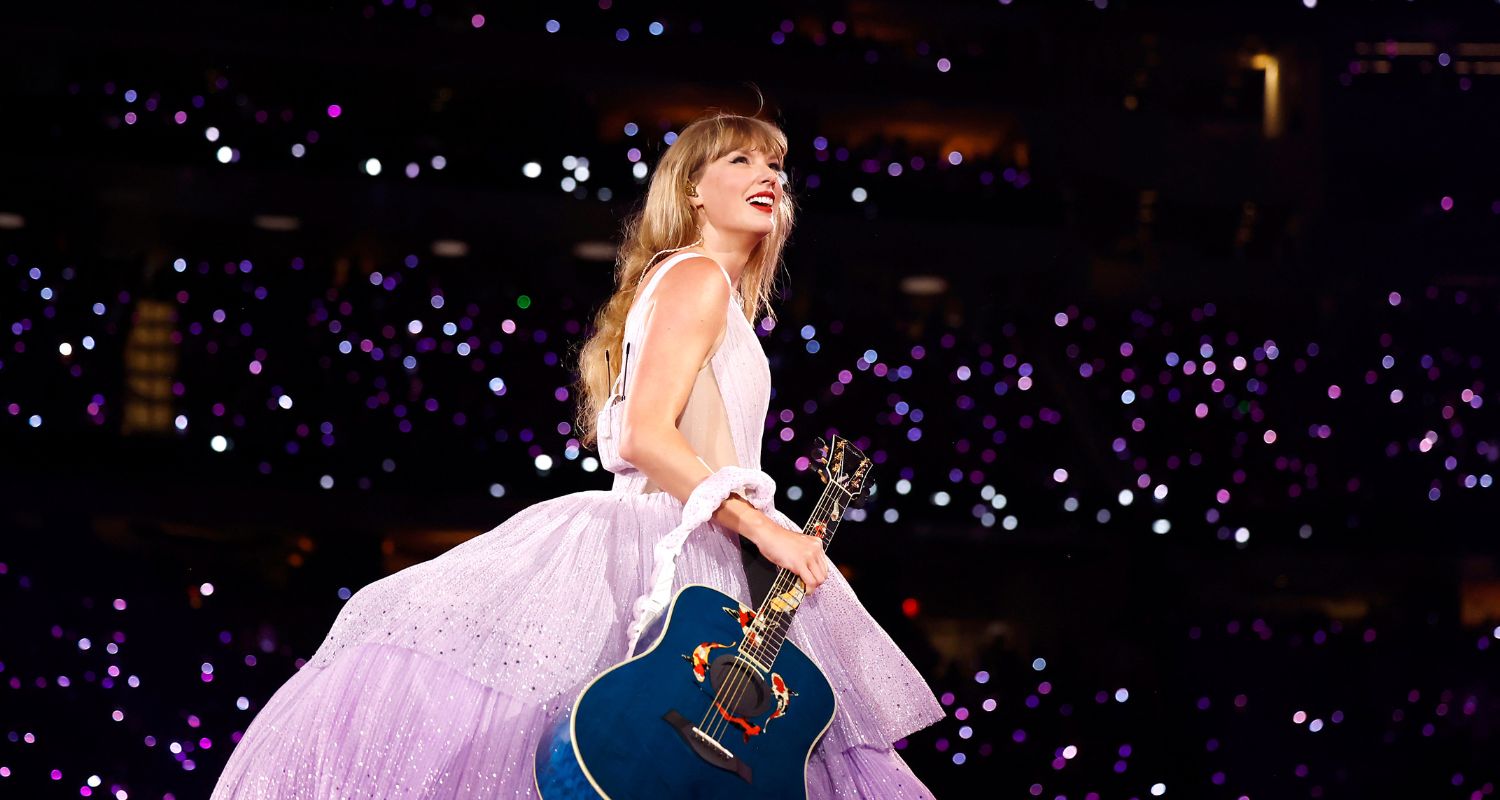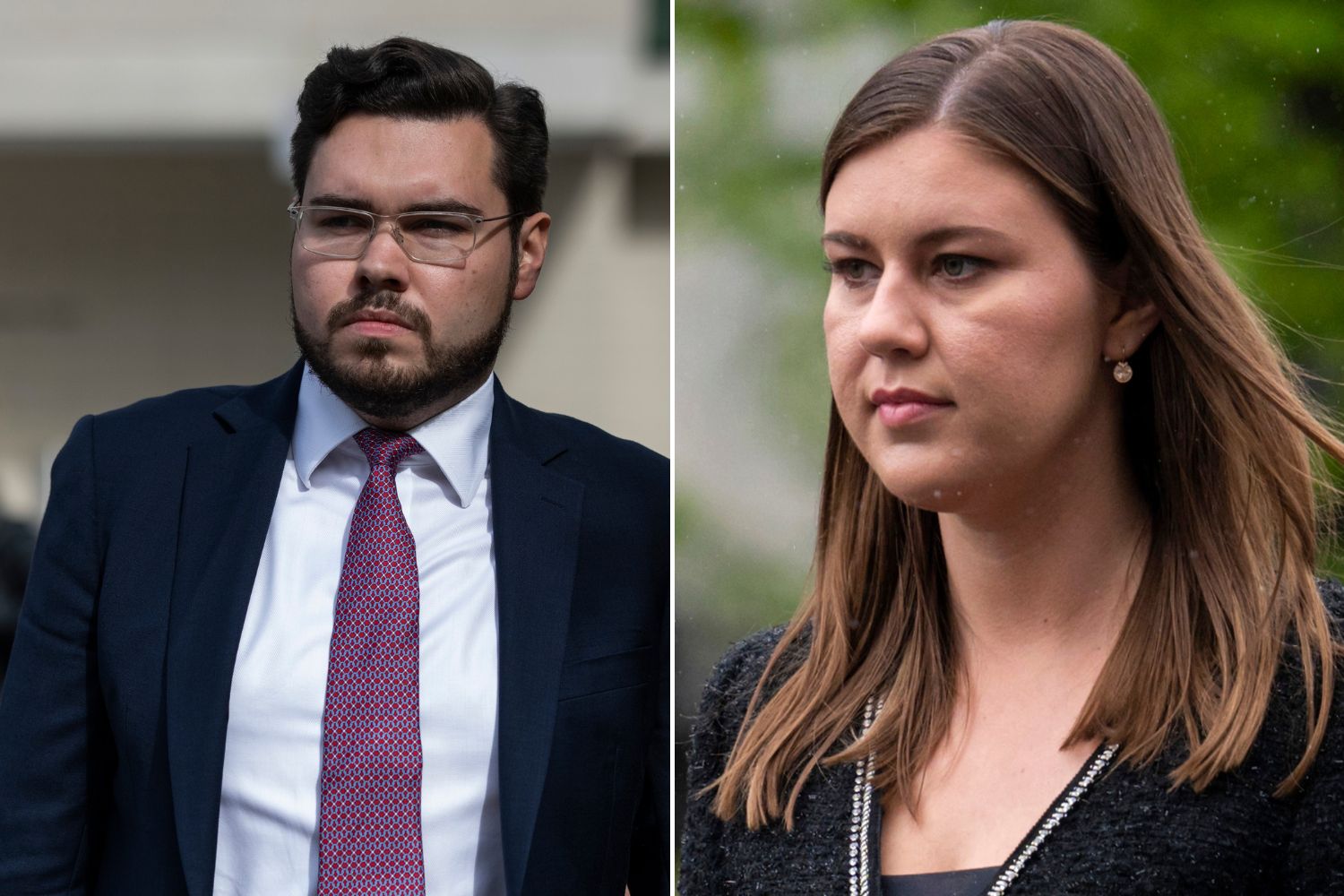Four o’clock in the morning is in an alarming time to drop $5000 on a handbag. But that’s exactly what Bree did.
“In my defence, it wasn’t exactly a spur of the moment decision,” she tells marie claire. “After a relentless four-month pursuit of my dream Chanel bag, a Google alert woke me up and with barely a nano-second of hesitation I added to cart and parted with a full pay packet. I might be eating beans and staying in for the next month, but at least I’ll have my pink tweed Chanel in my hot little hands. And, when you think about it, it’s a smart investment because it will increase in value.”
Bree is not alone, nor is she wrong. Courting a luxury handbag is akin to cultivating a new friendship, and we come to know the object of our affection intimately – on a first-name basis, of course: Kelly (Hermès), Jackie (Gucci) and Sofia (Louis Vuitton).
We admire the way they present themselves, and are empowered by their presence at our side. We entrust them with our secrets and our most essential possessions, and as we become closer still, we begin to understand the depths of their value. And just like an enduring friendship, the value of a truly iconic luxury bag increases with time.
Indeed, the luxury handbag category is one of the fastest growing segments in the luxury resale market (valued at some $US33 billion in 2021 and growing four times faster than traditional retail), with luxury resale site The RealReal reporting its sales increasing by 22 per cent in 2020.
This growth is driven by shoppers motivated by multitude of factors. There are those driven by greater sustainability and affordability, as well as those who enjoy the thrill of the hunt, with the most searched-for styles often being the rarest. Additionally, the resale market can also be a way for sellers to recoup some of the value of their bags and make room for new purchases.
According to a Credit Suisse report released in June 2022, jewellery, handbags and watches are the most reliable choices among collectible investments. In the realm of luxury bags, certain iconic styles have been known to appreciate over time. Indeed, the highest-priced handbag ever resold to date is the Hermès Himalaya Birkin, which fetched a staggering $500,000 at a Christie’s auction in Hong Kong in 2017. The Birkin, renowned for its timeless appeal and precise craftsmanship, has seen an annual price hike of 1.5 to 10 per cent, with this trend continuing into 2023. The Hermès Constance bag boasts an average resale increase of 105 per cent, according to The RealReal. While the Chanel Medium Flap has risen 51 per cent in the past three years.

Marie Blanchet, the owner of Paris-based luxury vintage sourcing service Mon Vintage (Amal Clooney and the Olsen twins are fans), keeps a black 1967 Hermès box calf leather Birkin in her own personal collection. Additionally, there’s a Phoebe Philo for Celine box leather bag with a chain, and a Chanel velvet bag for the evening.
Although she admits that “most of the time you will see me with my €5 basket bag from the market – it’s my chicest hand bag,” she muses that if she were reincarnated as a bag, she’d be the Hermès 1960s vintage box leather Kelly 28 that sits in her showroom. Late last year, an American rapper stopped by the showroom to pick up a few Hermès bags in time for Christmas – one in tri-colours worth more than $60,000.
If you are buying for use (as opposed to investment), Blanchet recommends an attitude of insouciance, rather than caution. “Jane Birkin is one of my muses and I love the way she wears her Birkin like it’s a plastic bag in a supermarket,” says Blanchet. “I like the idea that French women buy expensive shoes or bags but don’t wax them or take care of them. They just age. They are alive.”
For investors, she advises that Hermès bags are a never fail. “Hermès iconics [Kelly and Birkin] are not available in store. [Hermès] chooses who buys what and the amount they can buy. It’s like investing in a Porsche: it’s literally safer than gold.” She shows me the original invoice for her own Hermès Kelly, which first sold for 650 francs in 1967. It’s now worth about $14,000.
Karen Vernet, chief merchandising officer of French department store Printemps, who was responsible for bringing in Blanchet to curate the store’s entire seventh floor, is convinced. “The success of the space is huge, and the feedback [from clients, brands, B2B partners and even competitors] has been unanimously tremendous,” she says. “Fifty per cent of clients who buy luxury goods also sell pieces back.”
Nikki Veale owns Australia’s Hock Your Frocks designer resale site. “The resale bag market has exploded in Australia, particularly over the past five years, with many women now seeing bags as investment pieces,” says Veale. “They buy an It-bag with the view of either storing it brand new, never using it and on-selling, or buying, using carefully and then reselling to fund the next It-bag purchase. The Holy Grail [for most women] is a Chanel classic flap bag or an Hermès Birkin or Kelly – the same goes for return on investment.”

Veale has been in fashion retail for more than 15 years, working as a buyer in the 1990s in Milan (where she accumulated a wardrobe of designer pieces) and in Australia. One of the pioneers of resale here, Veale began her business selling to friends on Instagram in 2013. To this day, she authenticates and curates her offerings, which include a rare Chanel 19 Maxi bag, a Fendi First clutch in powder blue and a Saint Laurent raffia Hobo. “My mantra is, ‘Resale is the new retail.’”
For Laurie Mestchersky, head of handbags at Re-SEE, an international designer resale site based in Paris, handbags are a category of particular interest. “It represents half of our sales of all categories, and it continues to grow,” she explains. “There are no issues with sizing, as you might have with clothing and shoes, and for someone who is starting out in resale it’s a perfect first item to go for.”
When working on authentication and restoration, Re-SEE deals only with the fashion houses themselves or affiliated artisans. However, Mestchersky notes that tastes are changing from wanting mint-condition pieces.
“Before, people were looking to buy only bags in pristine condition, as-new. Now, people enjoy the vintage touch of pieces and ask more and more for bags with a patina,” she says.
“If you have the budget, definitely go for a classic: Birkin, Kelly – timeless. If your budget is lower, go for an under- the-radar vintage Hermès or Chanel bag. They don’t cost a lot now but they will as people move more in this direction.”
For those seeking companionship in a designer handbag, extending the life of a high-quality bag is an option that’s decidedly more sustainable, environmentally friendly and ethical. Buyers purchasing pre-owned bags contribute to a circular fashion economy, reducing waste by keeping quality bags in use for much longer. Extending the life cycle of an existing product also reduces the demand for new bags to be produced.
This helps minimise the environmental impact of luxury fashion production, including the use of natural resources.
Additionally, many luxury resale platforms, such as The RealReal and Vestiaire Collective, have sustainability initiatives in place.
For example, The RealReal has a program called “ReCollection,” which encourages customers to consign or donate their pre-damaged or unsellable items to be brought back to life. Vestiaire Collective has a program that focuses on reducing waste and promoting sustainable fashion practices.
If you are seeking a luxury vintage bag, consider its future resale value through factors such as timeless design and bag condition. While a “scruffy” look can feel rock’n’roll, a bag in pristine condition will almost always hold more value than one that is not.
Consider exclusivity. If the bag you’re eyeing is a rare or limited- edition style, it may be more likely to hold its value or even appreciate over time. As seen with the Hermès Birkin bag, limited availability has helped drive up its resale value to astronomical levels.
Chanel, Hermès and Louis Vuitton are all known for creating high-quality bags that hold their value over time. Look for authentication or buy from a site that guarantees authenticity or your money back.
If you can check all the boxes, you’ve found a friend for life.
This story originally appeared in the May issue of marie claire Australia.









